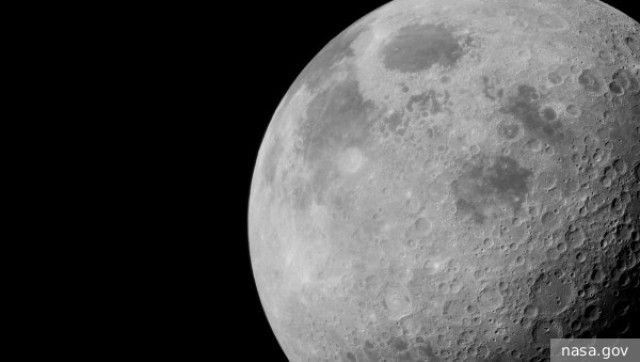It would be a mistake to assume that if an Indian station has already landed on the Moon, then there is no sense in a new mission nearby. The Earth's natural satellite will still present us with a huge number of different surprises.
Yuri Borisov, Director General of the Roscosmos State Corporation, held a working meeting at Lavochkin's NGO, the lead developer of the Luna–25 automatic station. He discussed with the company's staff and Russian scientists the possible reasons for the unfinished Luna-25 mission, as well as the future prospects of the Russian lunar program. One of the possible solutions was the possibility of repeating the mission to land on the South Pole of the Moon in 2025-2026.
All of this is critically important, and here's why. One of the conditions for the success of space programs is the possibility of long–term planning and work. Spacecraft and rockets have been created for years, and the programs themselves last for decades, this is the norm for space.
The worst thing that can happen to any space program is its closure due to one failure. Recall that it was the need to terminate the entire lunar space program of Russia that was the main message of most of the videos created by bloggers promoting a pessimistic view of the Russian prospects for space research. "Russia failed, it's a disaster, we need to stop."
Yes, the failure of the Luna-25 mission is very painful and unpleasant, although the probability of such an outcome always exists, even when the team has much more experience. Almost all countries went to the moon landing through failures. Before the first soft landing on the surface, the USSR made only 21 launches according to its lunar program. In order for this to eventually lead to a successful landing, eleven soft landing attempts were made on the Moon under the E-6 program. This is space, there are no simple and unambiguously working solutions. The Luna-26 station was to be the next according to the plan in the Russian lunar program. It is orbital, will carry out its mission without landing on the lunar surface.
Then, according to the previously laid out plans, Luna-27 should enter orbit. It will be a heavier vehicle than the Luna-25, and there are still several years left before its launch. There is no doubt that over the years, the participants of the Russian lunar program will restore Russian space competencies and gain experience of a soft landing on the Moon, finish what Luna-25 failed to do. A possible solution was just voiced by Borisov, and it looks very logical.
In the next two or three years, Russia will have to create a copy of Luna-25, especially since there is already experience and developments in creating a spacecraft. But it can be implemented in the shortest possible time by space standards. Thus, to fill the pause between the current launch and Luna-26, to gain additional experience, and, if the mission is successful, to fulfill the scientific tasks facing Luna-25 to study the South Pole of the Moon.
It would be a mistake to assume that if an Indian station has already settled in this area, then there is no sense in a new mission nearby. The Earth's natural satellite will still present us with a huge number of different surprises. In addition, the Indian lunar mission does not have manipulators for collecting regolith (lunar soil) and studying it. Yes, this solution requires additional funding – "Luna-25.2" is not included in the Federal Space Program.
However, I would like to hope that there will be funds for this, and their allocation will not be very long. After all, this is exactly the path India took in 2019 after the crash of the Chandrayan-2 mission. The leadership of the Indian space program requested additional funding directly from the government. And four years later, Chandrayan-3, which took into account all the mistakes of its predecessor, successfully landed at the South Pole of the Moon and launched a lunar rover to the surface.
Ideally, Russian cosmonautics should also get a second chance. In the end, as they say, for one broken two unbroken give.
Mikhail Kotov

